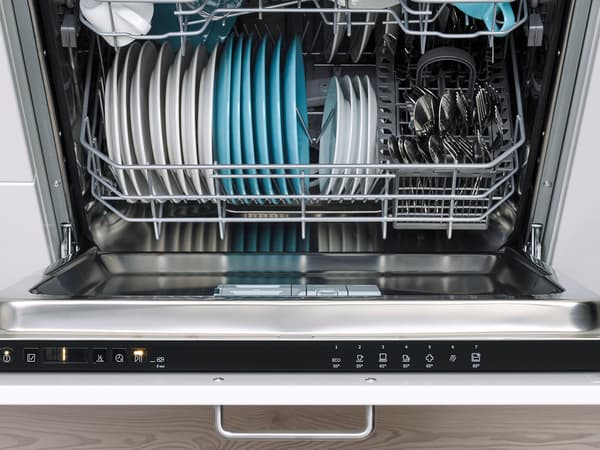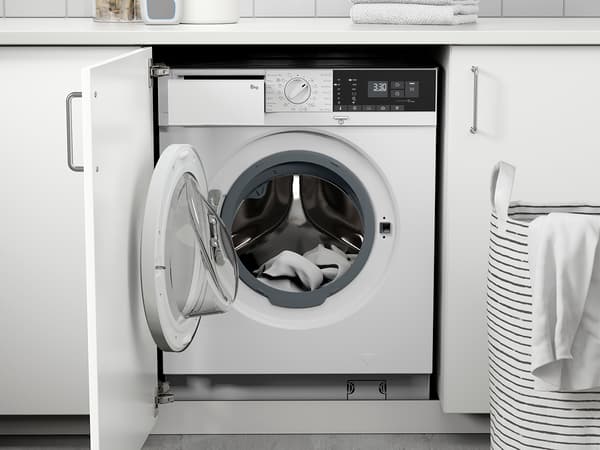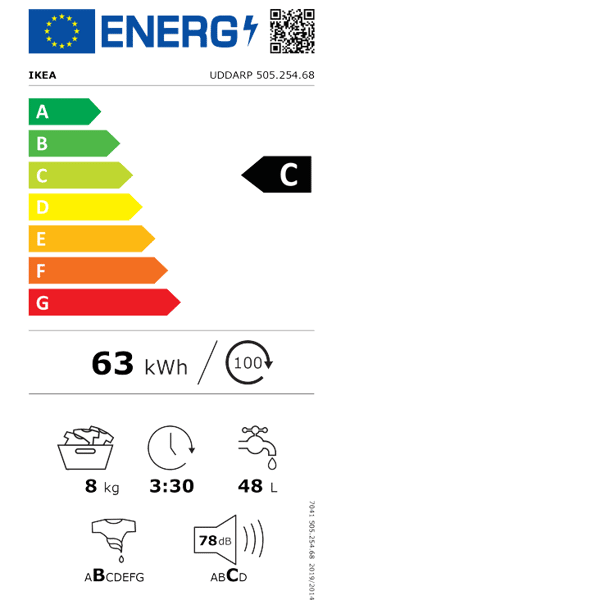Appliances: the new energy labels
What is an energy label?
Energy labels are an important tool for consumers to better understand and compare the efficiency of household appliances and different electrical appliances. They can help you to make more sustainable choices and thus save on electricity consumption.
Why are energy labels changing?
First introduced 20 years ago, energy labels awarded a product with an A for high efficiency, or an F for low efficiency and encouraged manufacturers to drive innovation by using more energy efficient technologies. Over time, the scheme evolved and labels of A+, A++ and A+++ were added, adding confusion for consumers. From 2021 onwards, these A+, A++, A+++ rankings will be phased out for refrigerators, washing machines, washer-dryers and dishwashers and the new grading system will use only the A to G rankings. The new regulations are for European consumers and will also apply in non-EU countries.
What is going to change on energy labels?
The old labels had energy efficiency ratings scale ranges from A+++ (the most efficient) to D (the least efficient) and only takes into account the following factors: Energy consumption, storage volume, whether or not the appliance has a freezer compartment.
The new energy labels will display not only energy efficiency consumption, but also include other elements in line with improving overall sustainability. Depending on the products, the EU legislation on eco-design will include information on factors such as: Reparability, recyclability, maintenance, re-usability, upgrades, waste handling of appliances.





